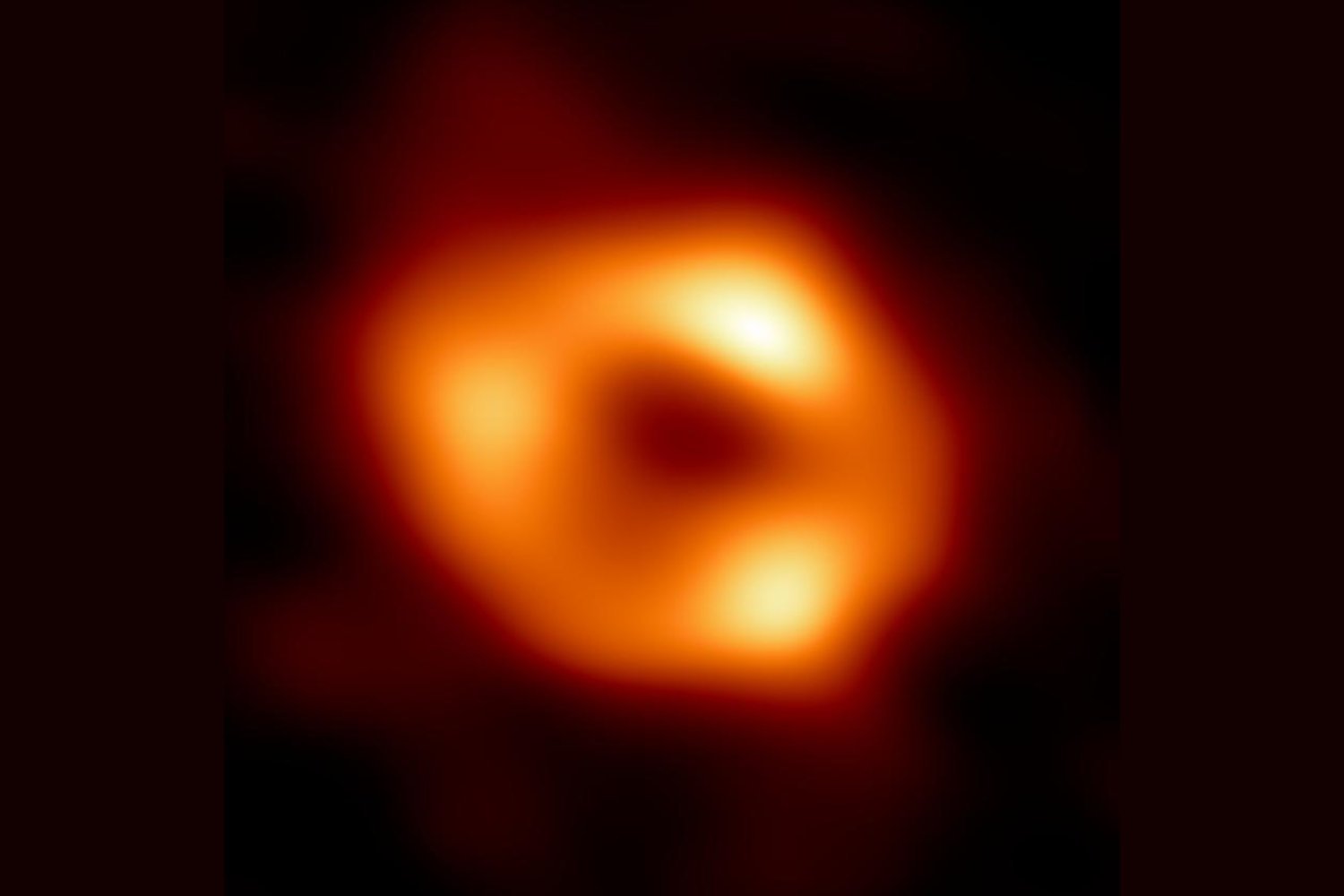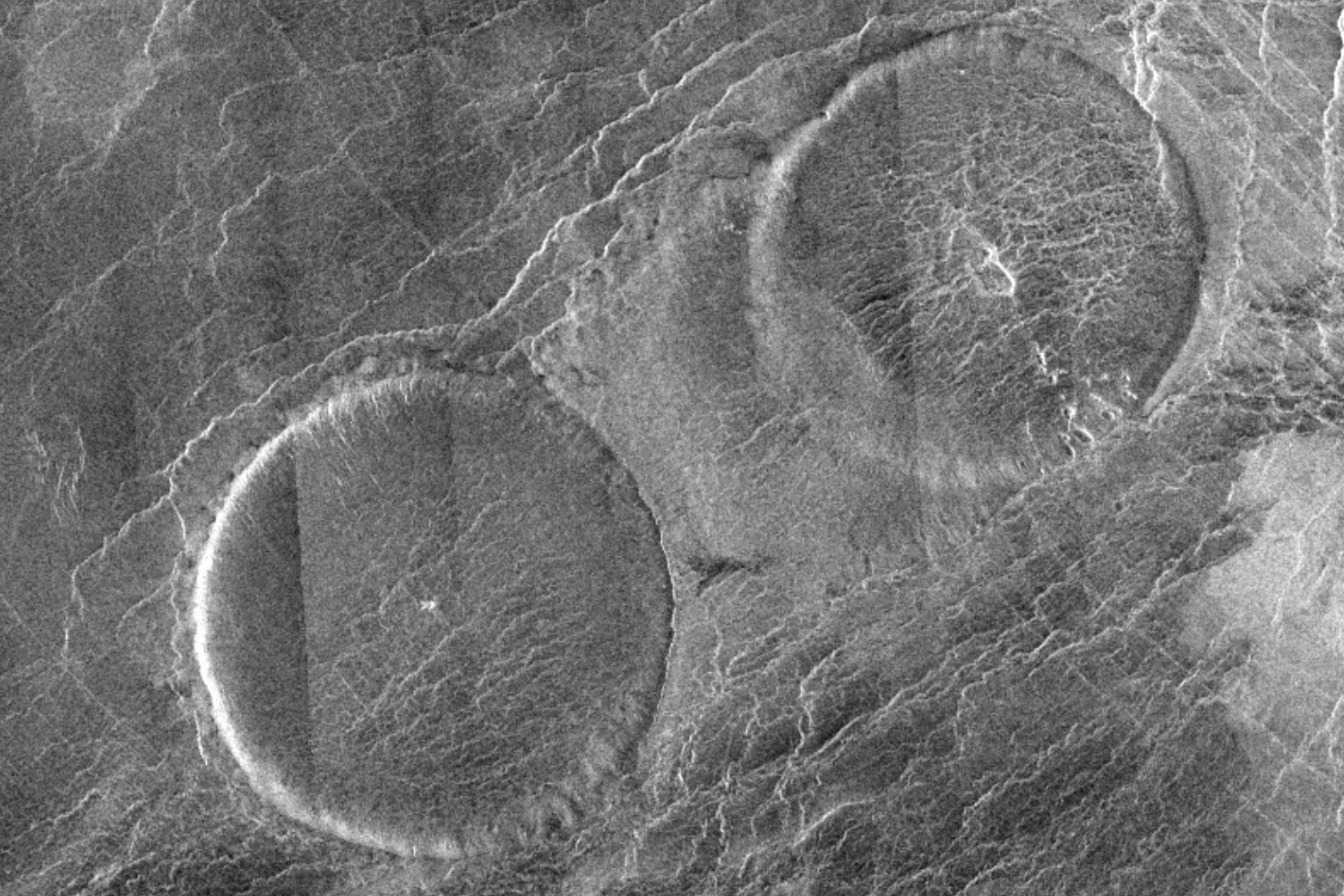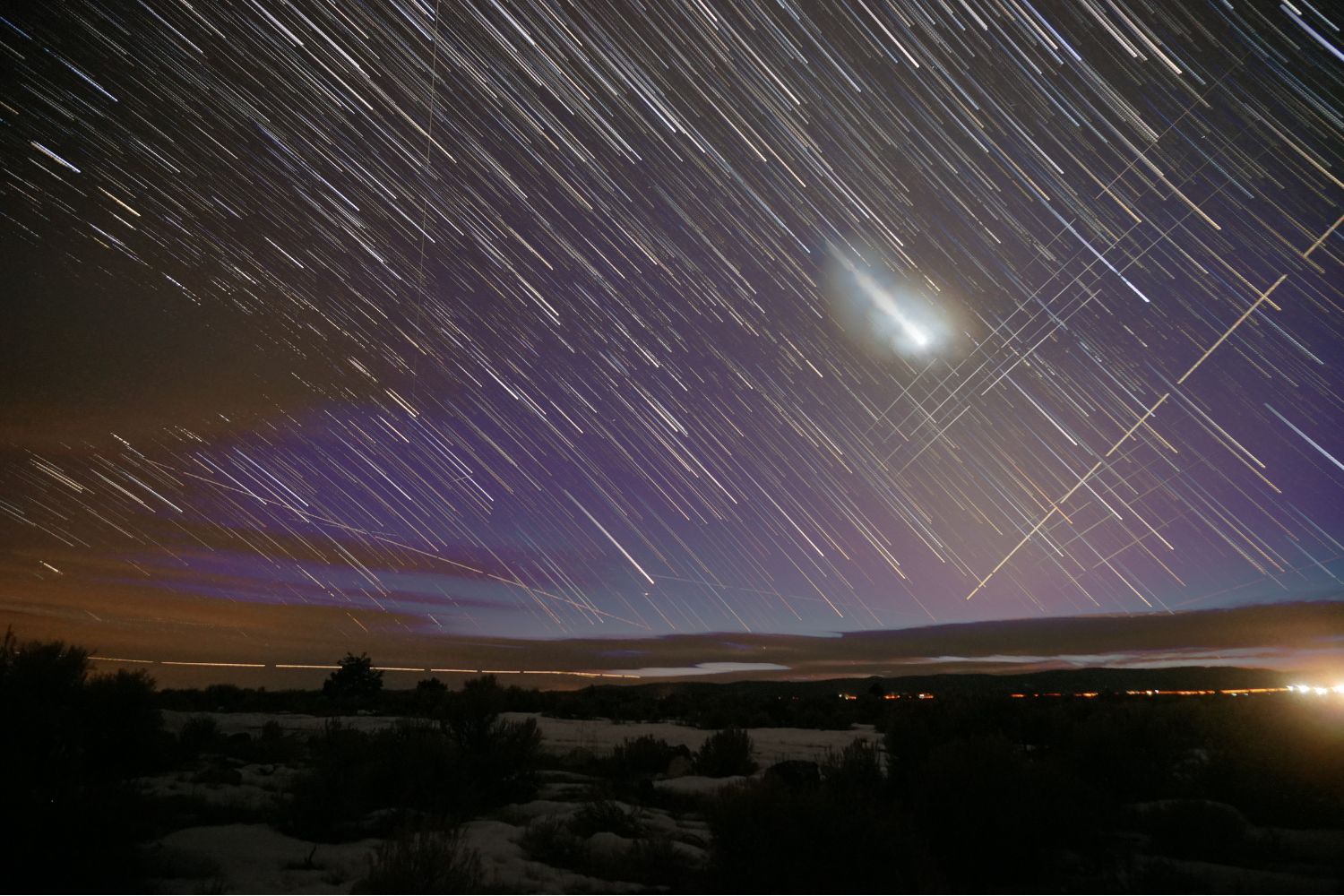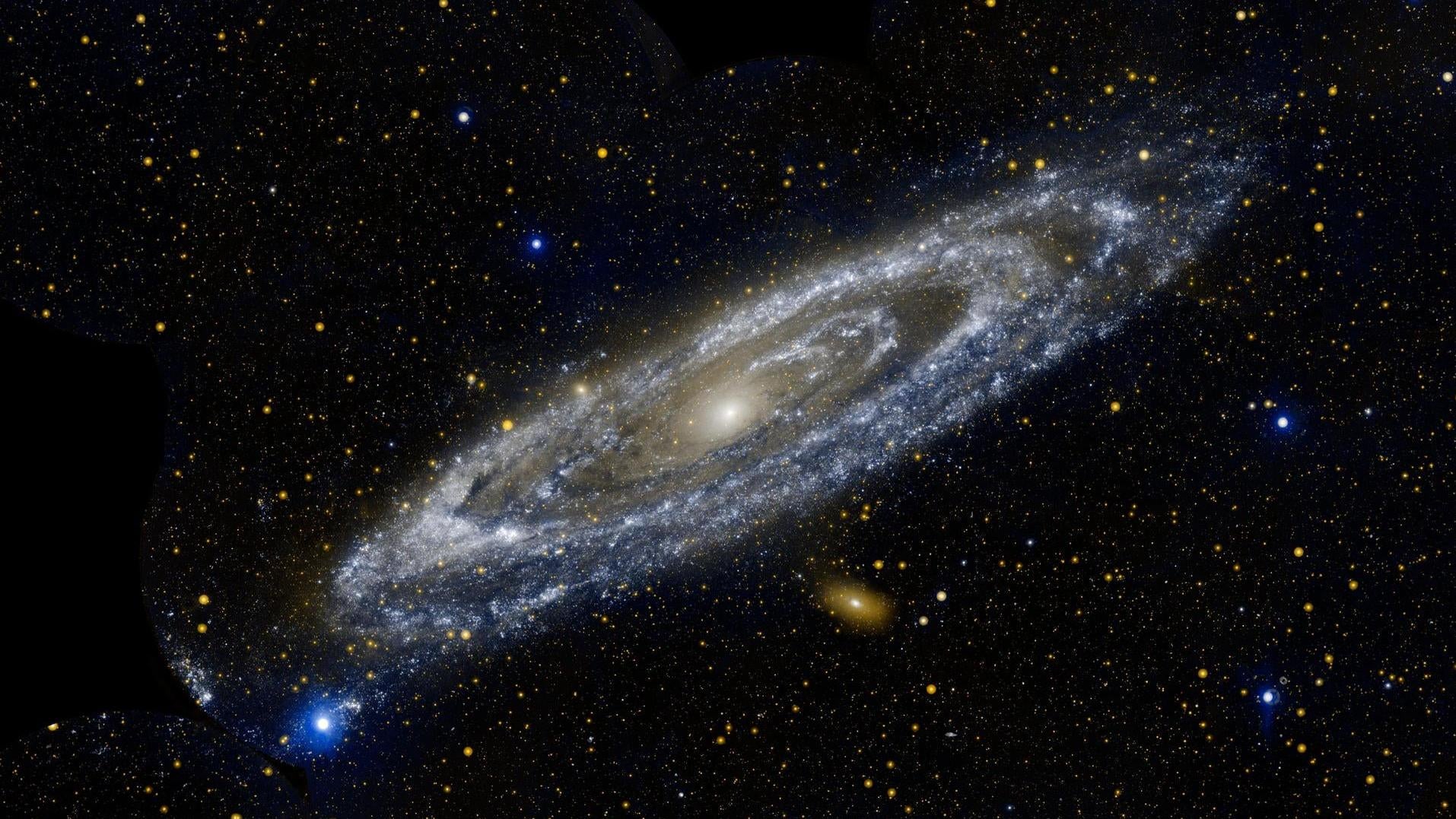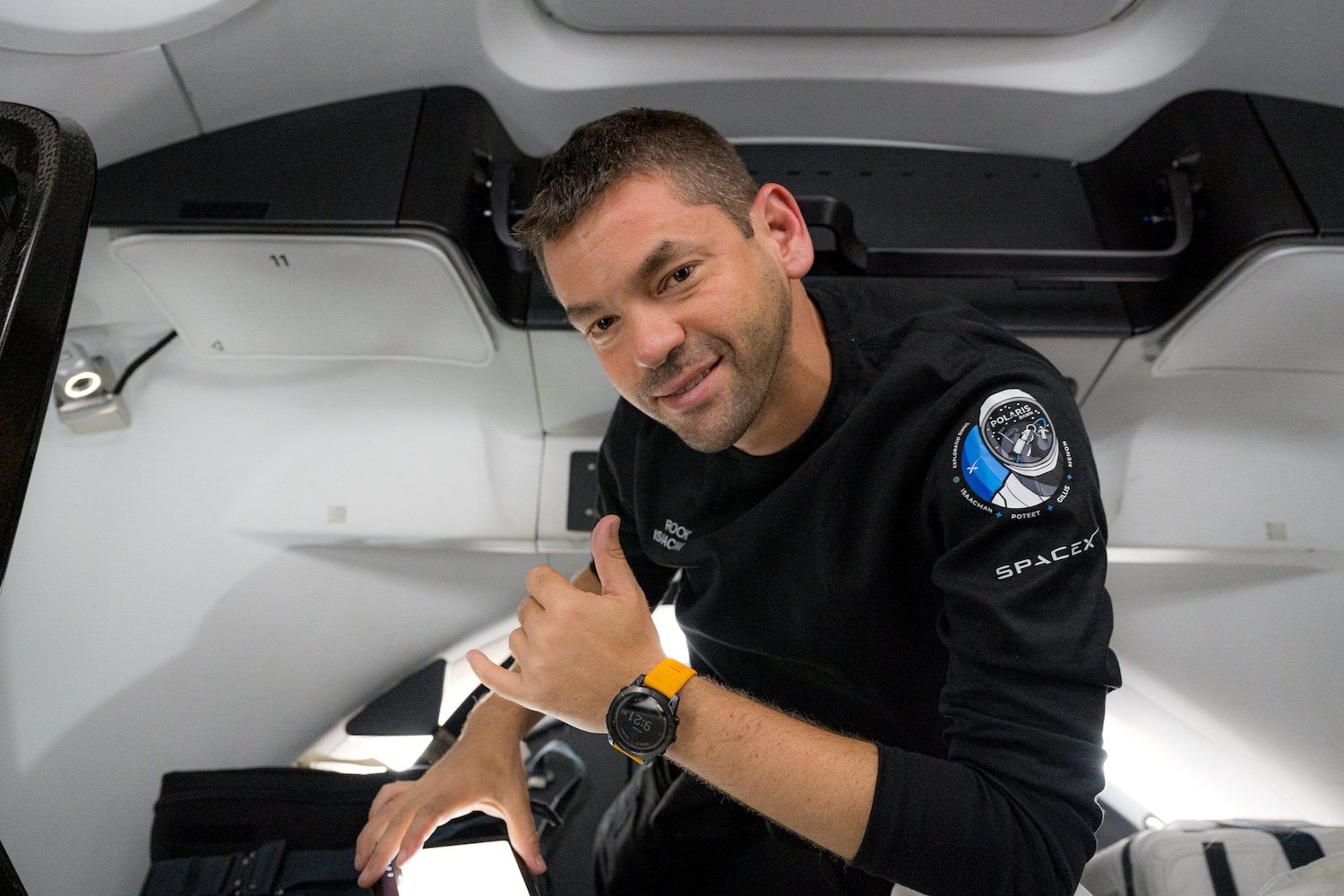Long considered invisible, black holes are now set to be visualized in “color.” The Event Horizon Telescope (EHT) team has developed a novel technique to produce multi-frequency radio images of supermassive black holes, offering a vibrant new perspective on these enigmatic cosmic giants and enhancing future black hole images.
The Breakthrough: Frequency Phase Transfer
This leap forward hinges on a technique called frequency phase transfer. It enables astronomers to correct atmospheric distortions across multiple radio bands simultaneously in real-time, effectively giving radio telescopes multi-color vision. Sara Issaoun from the Center for Astrophysics | Harvard & Smithsonian led the team, with their findings published in The Astronomical Journal.
EHT’s Legacy and Ambitious Future
The EHT collaboration famously delivered the first black hole image (M87*) in 2019, followed by Sagittarius A* (Sgr A*) in 2022. Now, the planned $300 million space-based Event Horizon Explorer aims to achieve tenfold sharper images. This could reveal crucial photon rings, offering insights into black hole spin and general relativity. Debates, such as the true shape of Sgr A*’s accretion disk, may also be resolved by future, more detailed observations.
Why “Color” Matters for Radio Telescopes
Similar to how eyes interpret visible light wavelengths as colors, radio telescopes capture specific frequency bands of radio light. Combining these creates a “color” radio image. Historically, telescopes observed one band at a time, insufficient for dynamic targets like rapidly spinning black holes. As reported in Universe Today, frequency phase transfer allows tracking distortions in one wavelength to sharpen another, overcoming this limitation and enabling coherent imaging of fast-moving celestial phenomena. This experimental method is paving the way for truer depictions of extreme cosmic objects.
This multi-frequency imaging breakthrough signifies a major advance in observing black holes with unprecedented clarity and “color.” Future observatories like the EHT and the planned Black Hole Explorer (BHEX) will leverage this technique, promising spectacular new views of the universe’s most enigmatic and dynamic phenomena.
References
- Issaoun, S., et al. (2024). Multifrequency Imaging with the Event Horizon Telescope: A Framework for Frequency-Domain Modeling and Phase Transfer. The Astronomical Journal. https://iopscience.iop.org/article/10.3847/1538-3881/adbb55
- Universe Today. (Date of Universe Today article, if available, otherwise omit). The Event Horizon Telescope’s Next Feat: Multi-Color Pictures of Black Holes. https://www.universetoday.com/articles/the-event-horizon-telescopes-next-feat-multi-color-pictures-of-black-holes



